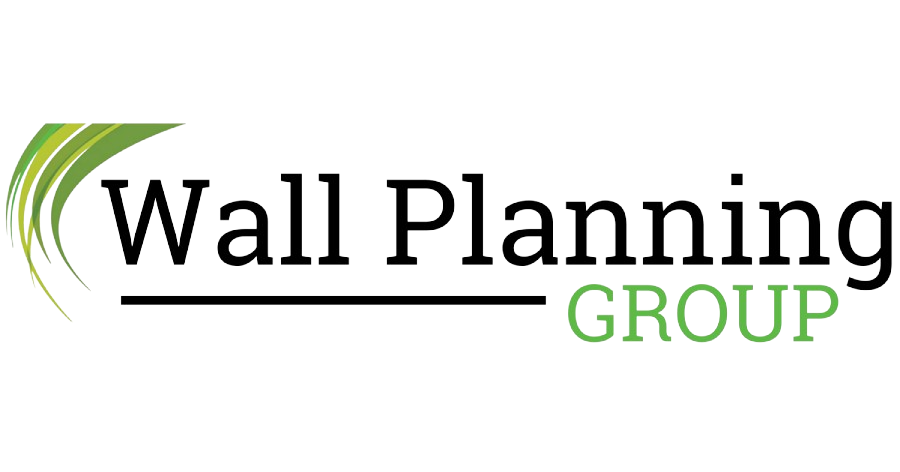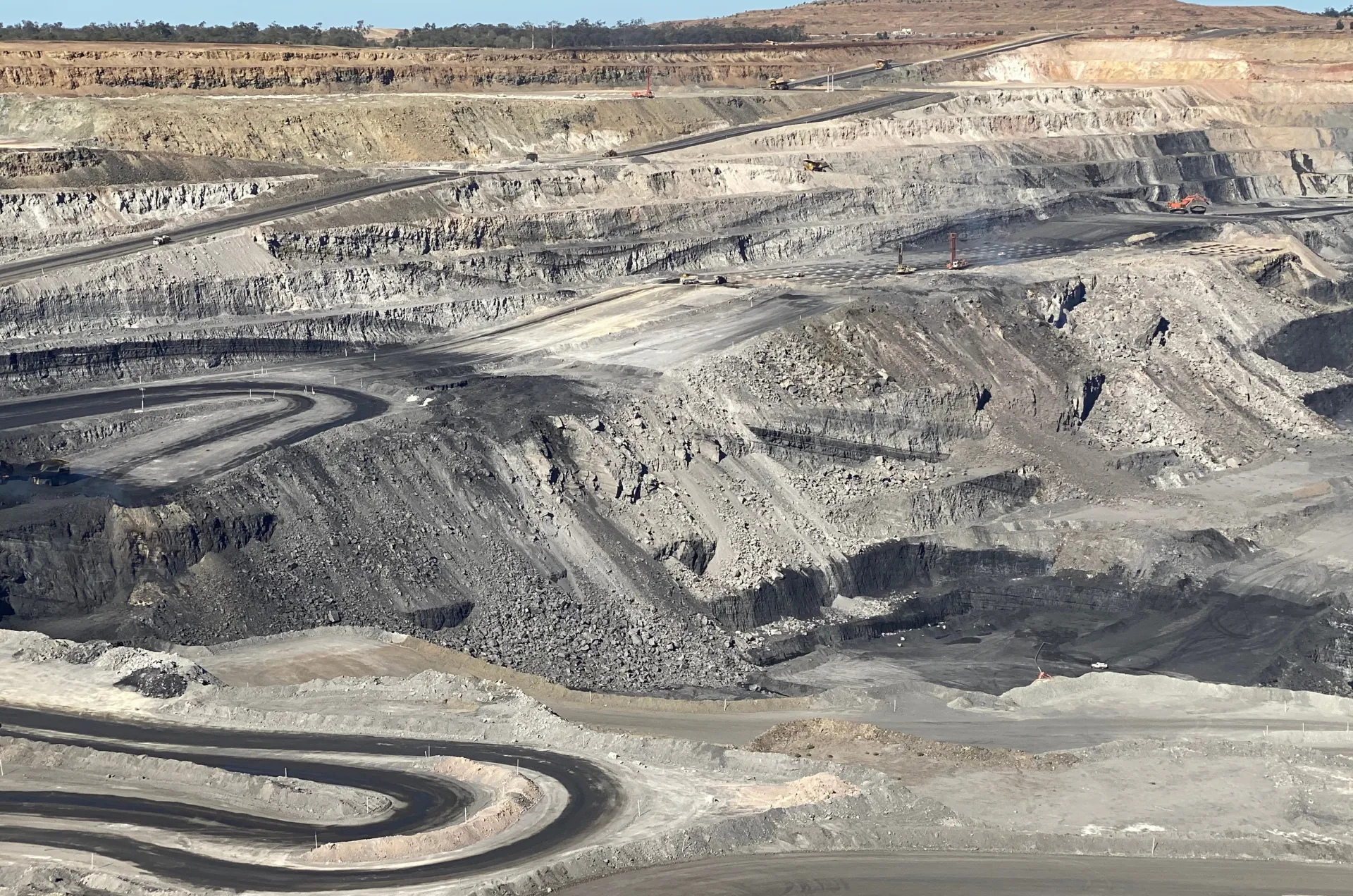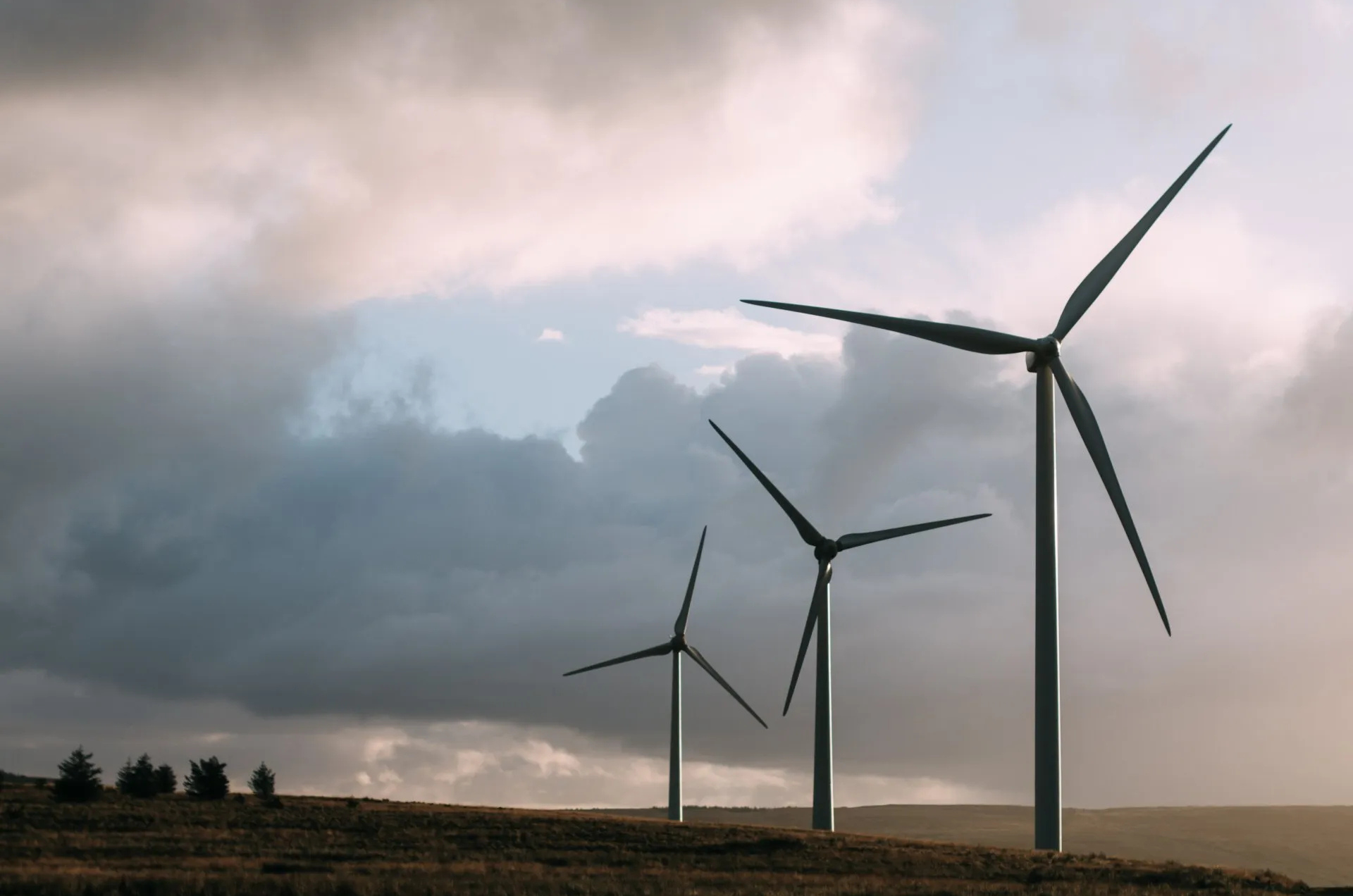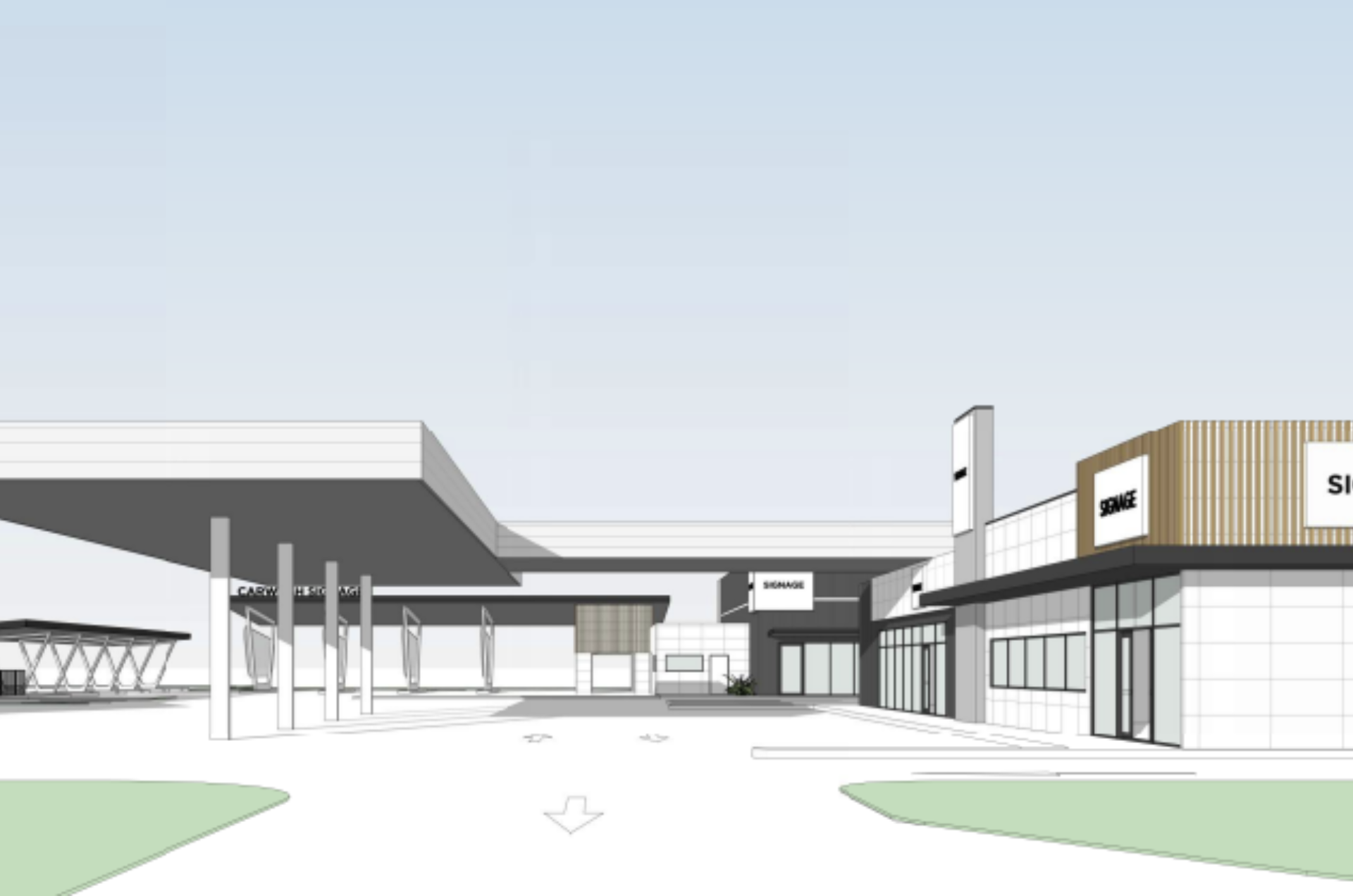SOCIAL IMPACT Assessment (SIA) Service
Social Impact consultants for Queensland's AU major projects
Looking for a consultant with major project knowledge and experience in urban, rural or regional Queensland?
Need to submit a social impact assessment with your process?
Want one point of contact to help navigate and liaise with key stakeholders?
Wall Planning Group are experts in the preparation of Social Impact Assessments (SIA) for major projects in Queensland Australia.
Operating for more than a decade, we understand how vital social impact reports are to a project and make it a priority to ensure we cover all bases.
We use our first hand experience and knowledge of rural and regional Queensland to identify both the positive and negative impacts a project may have on nearby communities and can advise on strategies that will benefit the communities and the project.
Social Impact Assessments:
What Are They?
Before you get started on any project, it’s essential to understand any social influence it might have on the community, both positive and negative. So that’s where the preparation of a social impact report comes in.
Social Impact Assessment (SIA) is a methodology used to analyse, monitor, and manage the intended and unintended social consequences of planned interventions, such as policies, programs, plans, and projects. Its primary goal is to bring about a more sustainable and equitable biophysical and human environment. SIA is not limited to identifying or ameliorating negative or unintended outcomes but aims to promote community development, empowerment, and social capital. By considering social impacts, SIA contributes to the achievement of sustainable development goals and ensures the well-being of communities and individuals affected by development projects.
The QueenslandGovernment defines an SIA as:
‘a process for the identification, analysis, assessment, management and monitoring of the potential social impacts of a project, both positive and negative’.
These impacts affect people and their communities, either directly or indirectly.
Social Impact Assessments:
Why are they needed?
Each SIA must address five critical matters. They are:
- Engagement, both community, and stakeholder
- Workforce management
- Accommodation and housing
- Industry procurement and local businesses
- Health and wellbeing of the community
It’s worth noting that completing an SIA is required by law (Strong and Sustainable Resource Communities Act) for large resource projects, and each report must cover all five key matters. This means for smaller, non-resource projects, SIAs are non-mandatory. However, as expert social impact assessment consultants, we have experienced first-hand the difference preparing an SIA makes on a project. As SIAs address the entire lifecycle of a project right from conception to completion, they help promote community support and acceptance while assisting with the reduction of conflict or any other potential issues.
The Benefits of Social Impact Assesments in Queensland's
Development Projects
Social Impact Assessments (SIAs) play a crucial role in the development of projects in Queensland, Australia.
These assessments ensure that the social outcomes of a project are considered alongside other factors, such as economic and environmental impacts. By evaluating the potential social impacts of a project, SIAs provide valuable information for public policy decisions. In the context of Queensland, SIAs are particularly important in projects involving indigenous peoples. We help identify and address potential impacts on indigenous communities, ensuring that their rights and interests are taken into account. SIAs provide a framework for engagement and consultation with indigenous communities, enabling their voices to be heard and their concerns to be addressed. This proactive approach to social impact assessment helps foster positive relationships between project proponents and indigenous communities, leading to more sustainable and equitable development outcomes.
This means you can identify any adverse effects on the community and adequately consider the requirements and conditions of those impacted by the project. Additionally, SIAs encourage community empowerment, building trust and solid social relationships.
How Wall Planning Approaches Social Impact Assessment
The Wall Planning Group takes a comprehensive and stakeholder-centric approach to Social Impact Assessment (SIA). We believe that SIA is a valuable tool for decision-making and project planning. The group's methodology involves engaging with stakeholders throughout the assessment process to ensure that their perspectives and concerns are considered.
The Wall Planning Group emphasises sustainability in their approach to SIA. We recognise that social impacts are inherently interconnected with economic and environmental factors, and we strive to achieve balanced and equitable outcomes. By incorporating sustainability principles into their assessments, the group aims to promote the long-term well-being of communities and enhance the overall value of development projects.
Stakeholder engagement is a key aspect of the Wall Planning Group's approach to SIA. We value the insights and knowledge of local communities, indigenous groups, and other interested parties. By involving stakeholders in the assessment of social impacts, analysis of alternatives, and monitoring of planned interventions, the Wall Planning Group ensures that the SIA process is inclusive and transparent
Addressing Common Challenges in
Rural and Regional Queensland
Rural and regional areas in Queensland, Australia, face unique challenges in Social Impact Assessment (SIA). These areas often have limited resources and infrastructure, making it difficult to assess and manage social impacts effectively. However, there are specific approaches and tools that can help address these challenges.
One common challenge in rural and regional Queensland is the lack of access to healthcare services. Conducting a Health Impact Assessment (HIA) alongside SIA can help identify the potential health impacts of a project and develop appropriate mitigation measures. Another challenge is the potential environmental impacts of development projects on rural and regional communities. SIA can assess the environmental impacts alongside social impacts to ensure that sustainable development practices are implemented and the natural environment is protected.
By addressing these common challenges, SIA can contribute to the overall well-being and resilience of rural and regional communities in Queensland, promoting social sustainability and equitable development.
Frequently Asked Questions
Understanding Social Impact Assessment
Key Questions and Answers About Its Importance, Implementation, and Benefits for Sustainable Development
What is the significance of social impact assessment?
Social Impact Assessment (SIA) is significant for several reasons. It helps promote sustainable development by considering the social outcomes of planned interventions. SIA informs public policy decisions and ensures that the interests and rights of indigenous peoples and communities are taken into account. It also helps identify and mitigate potential negative environmental impacts, contributing to the overall well-being and resilience of communities.
Why is Social Impact Assessment Important?
Social Impact Assessment (SIA) is important because it promotes sustainable development, protects human rights, and enhances the quality of life for communities and individuals. By considering the social impacts of development projects, SIA ensures that positive outcomes are maximised, negative impacts are minimised, and the overall well-being of society is prioritised.
How is social impact assessment different from environmental impact assessment?
Social Impact Assessment (SIA) and Environmental Impact Assessment (EIA) are closely related but have distinct focuses. While EIA primarily examines the environmental impacts of a project, SIA considers the social impacts alongside environmental factors. SIA takes a more holistic approach, considering social sustainability, stakeholder engagement, and the well-being of communities and individuals.
How can businesses benefit from incorporating social impact assessments into their practices?
Businesses can benefit from incorporating social impact assessments (SIAs) into their practices in several ways. SIAs promote sustainable development and help businesses understand and manage their social impacts. By considering the positive impacts of their activities, engaging stakeholders, and aligning with public policy goals, businesses can enhance their reputation, build stronger relationships with communities, and contribute to the overall well-being of society.
What role does stakeholder engagement play in the process of a social impact assessment?
Stakeholder engagement is a crucial aspect of Social Impact Assessment (SIA). It ensures that diverse perspectives are considered, promotes inclusivity and transparency, and fosters a sense of ownership among stakeholders. Through engagement, SIA practitioners can gather valuable insights, incorporate local knowledge, and address the concerns and needs of communities. Stakeholder engagement also helps build trust, enhance the legitimacy of the assessment process, and promote fairness in decision-making.
How can the results of a social impact assessment be used to inform decision-making and policy development?
The results of a Social Impact Assessment (SIA) provide valuable insights that can inform decision-making and policy development. By considering the social impacts of a proposed intervention, decision-makers can make informed choices that prioritise social outcomes and promote sustainable development. SIA helps identify potential social risks and benefits, enabling policymakers to develop appropriate mitigation measures, enhance community engagement, and ensure the overall well-being of society.
What tools or methodologies are commonly used in conducting a social impact assessment?
Various tools and methodologies are commonly used in conducting Social Impact Assessments (SIAs). These include:
- Surveys and interviews to gather data from stakeholders.
- Environmental and social impact assessment guidelines to ensure comprehensive assessments.
- Sustainability frameworks and indicators to evaluate the long-term social impacts of a project.
- GIS mapping and data analysis to visualise and analyse social data.
- These tools and methodologies help practitioners assess and manage the social impacts of development projects and contribute to sustainable and equitable outcomes.




